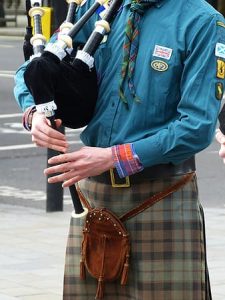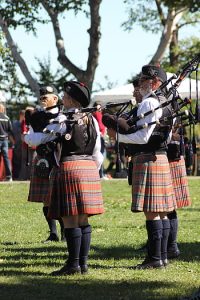 Scottish folk music refers to songs, which focus on the musical tradition of Scotland. Based on some evidence, the earliest albums can be dated back from the 17th century. Since then, the collections have been gaining a good reputation and momentum.
Scottish folk music refers to songs, which focus on the musical tradition of Scotland. Based on some evidence, the earliest albums can be dated back from the 17th century. Since then, the collections have been gaining a good reputation and momentum.
After the Second World War, this type of music was downgraded, but it always reminded people of traditional practices in Scotland. This was achieved by Hamish Henderson, Peter Kennedy, and Alan Lomax. They attained the goal through radio programmes, recordings, and publication.
The First Revival
Royal Scottish Country Dance Society was established in 1923. The reason for its established was to preserve the traditional dance in Scotland, because it was threatened by other ballroom dances, including quadrilles or waltz. This first revival started to bring an impact on classical music. Major contributors included the following:
- William Wallace
- Learmont Drysdale
- Alexander Mackenzie
- John McEwen
The Second Revival
As mentioned before, Scottish folk music was undermined once World War II came to an end. However, it remained stronger in Scotland. The likes of Alan Lomax made this possible by collecting many Scottish songs, which were issued out by the Columbia Records in 1955. For this reason, traditional Scottish musicians are continuously making good music.
Celtic Rock
 Initially, Celtic rock comprises of Scottish folk music and British folk-rock. The instrumentation used in this rock music influenced the establishment of different groups, such as the JSD Band. Moreover, successful Scottish acts, including Big Country and Glasgow, emerged. They incorporated Celtic sounds into their songs. This is noticeable in Canada and the United States, where the largest Scottish immigrants descended from.
Initially, Celtic rock comprises of Scottish folk music and British folk-rock. The instrumentation used in this rock music influenced the establishment of different groups, such as the JSD Band. Moreover, successful Scottish acts, including Big Country and Glasgow, emerged. They incorporated Celtic sounds into their songs. This is noticeable in Canada and the United States, where the largest Scottish immigrants descended from.
The Final Remarks
Compilation of albums is not an issue that can easily be discussed in various music pages. There are many Scottish folk collections that you can listen to. Hence, as you listen to your favourite album, know where this type of music originated from.
